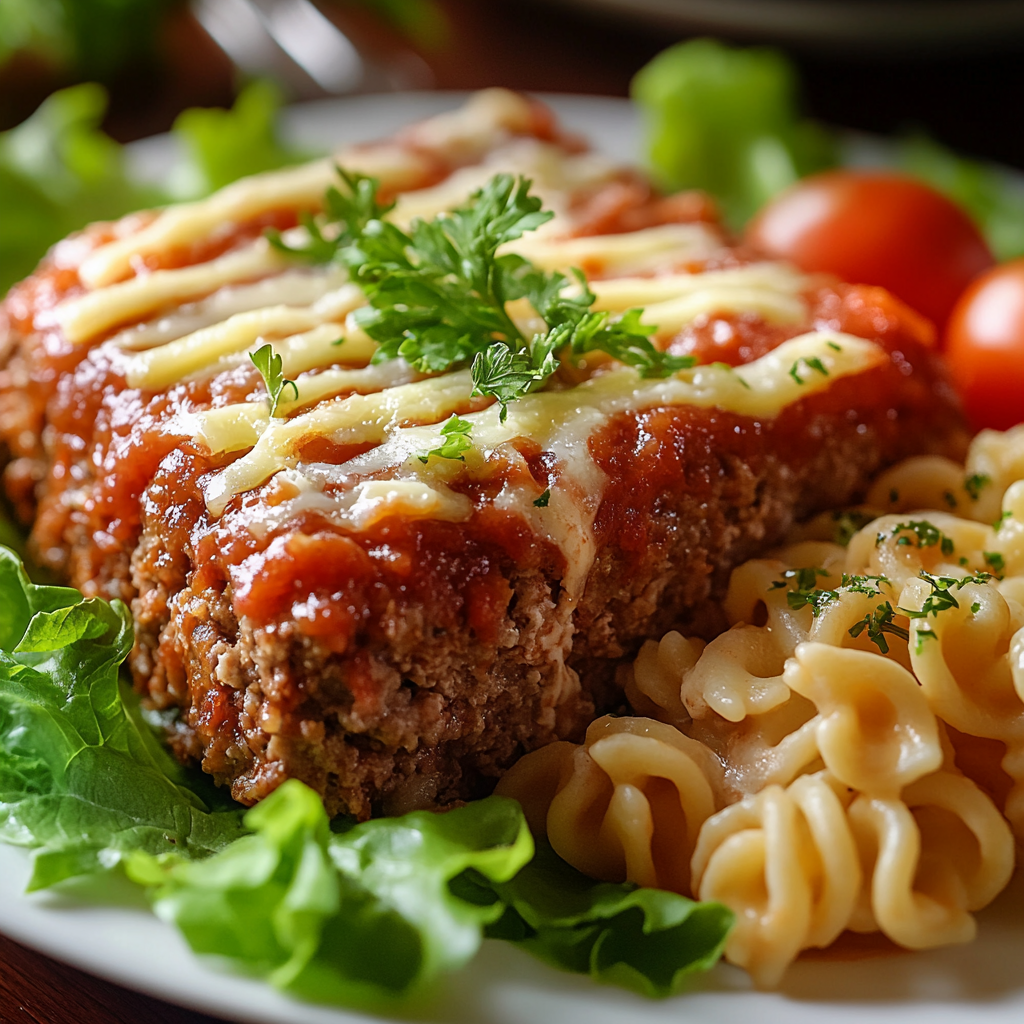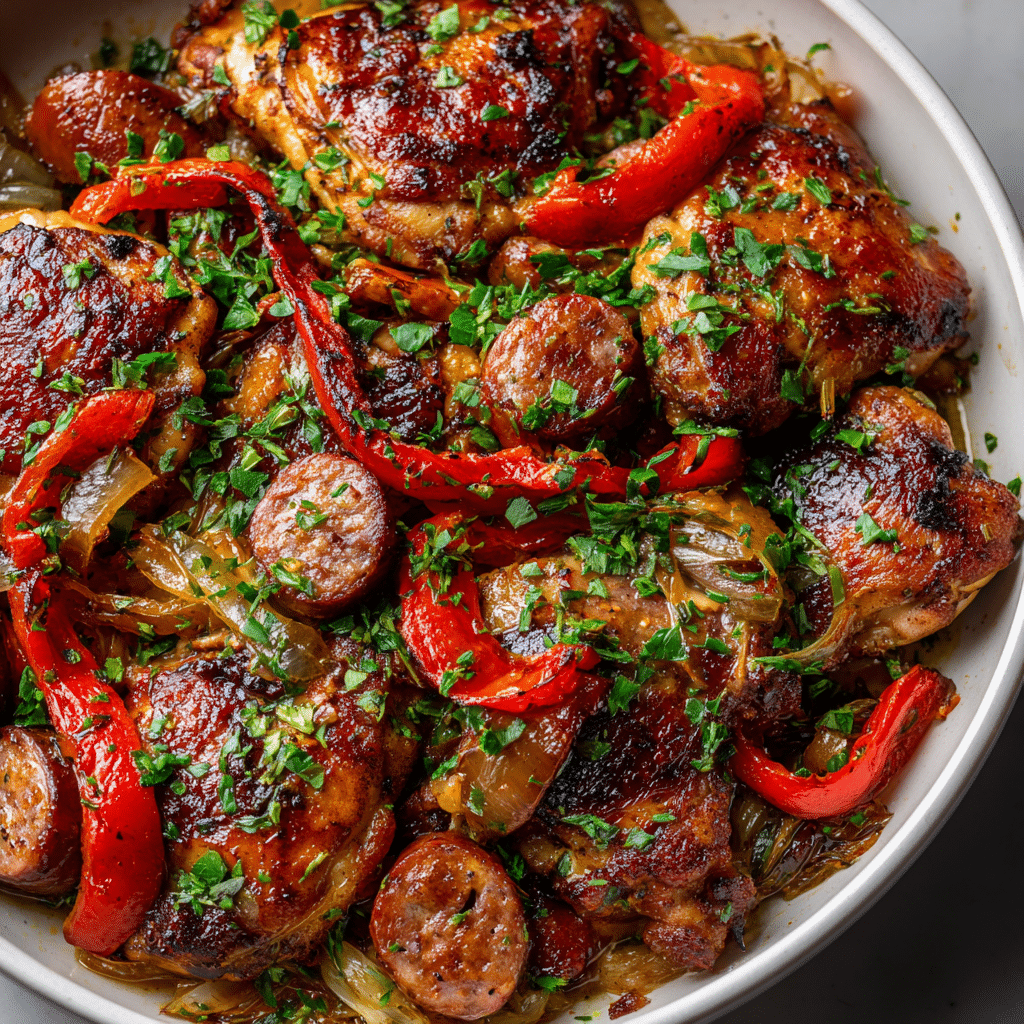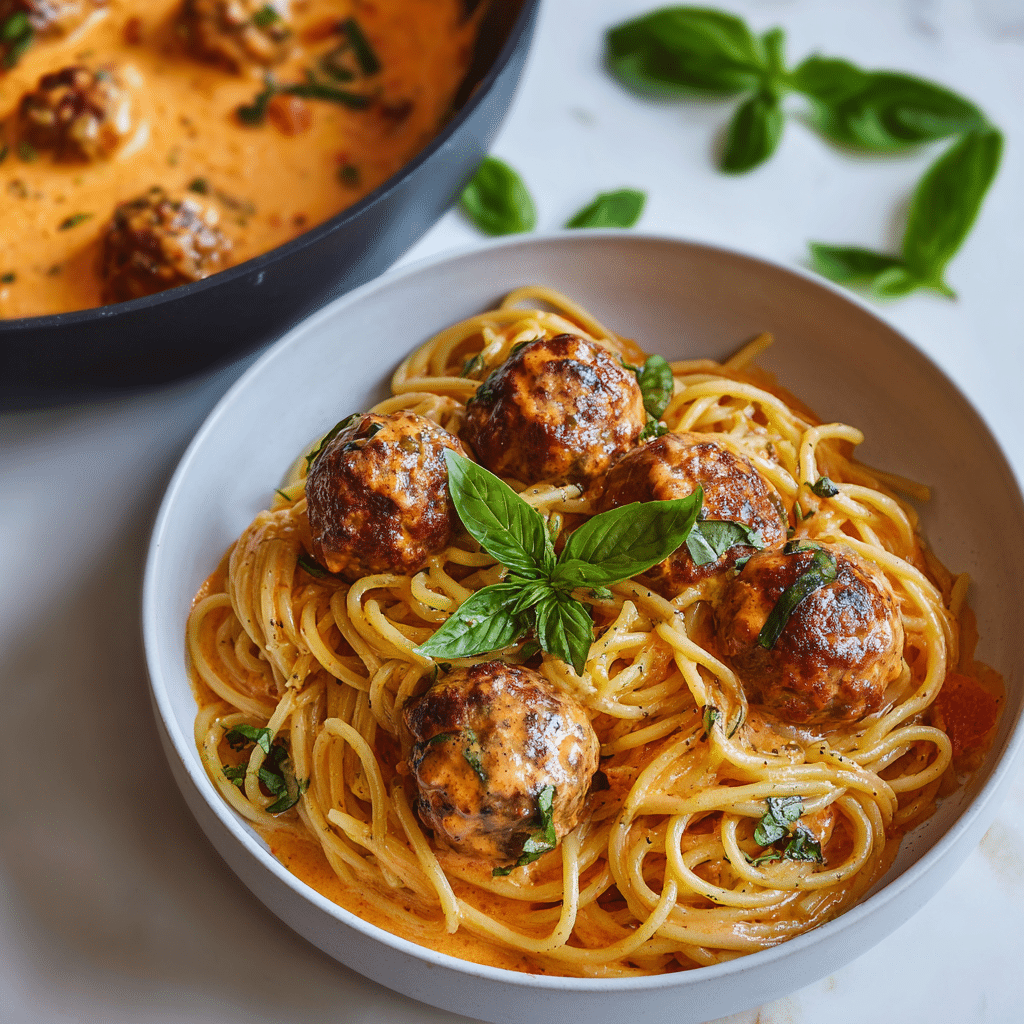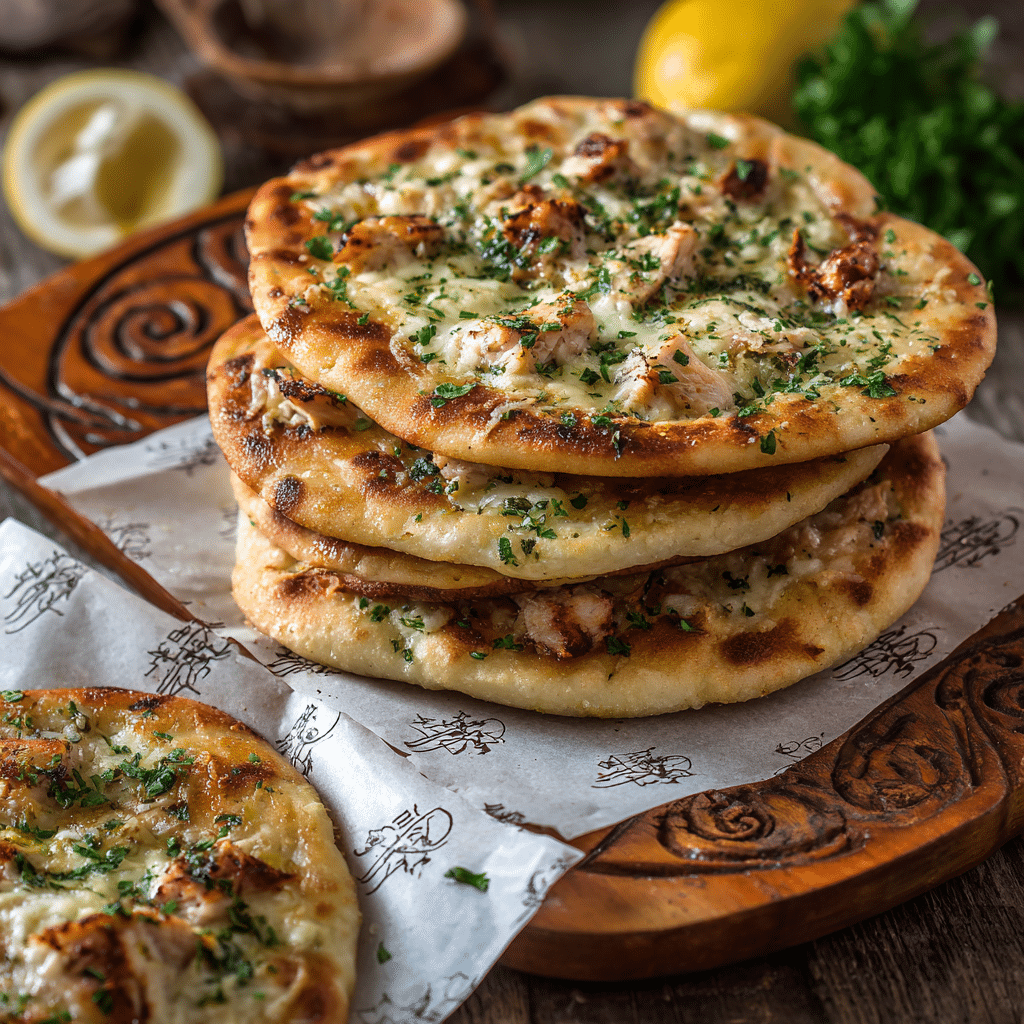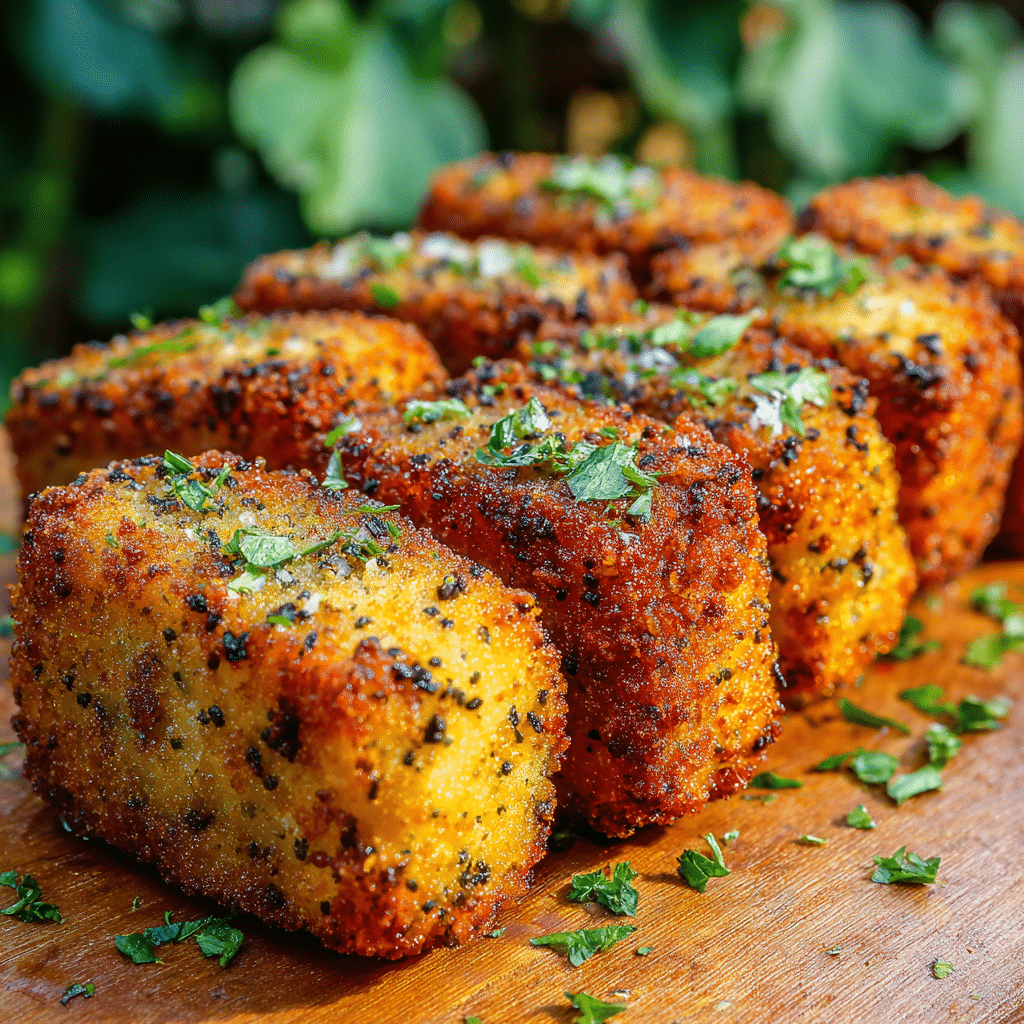Few dishes say “home” like a hearty, juicy classic meatloaf. It’s the kind of meal that brings generations to the dinner table, packed with simple ingredients, timeless flavor, and that signature ketchup glaze that makes every bite just right. Whether you’re serving it with mashed potatoes or slicing it for sandwiches the next day, this recipe delivers the kind of nostalgic, comforting experience we all crave.
This is meatloaf the old-fashioned way—no fancy frills, just delicious, dependable flavor made with ground beef, breadcrumbs, herbs, and a savory-sweet glaze baked to perfection.
Ingredients
For the Meatloaf:
-
1 ½ lbs (680g) ground beef (85% lean)
-
1 cup breadcrumbs (plain or Italian-style)
-
1 egg
-
1 medium onion, finely chopped
-
2 cloves garlic, minced
-
½ cup milk
-
2 tbsp Worcestershire sauce
-
2 tbsp ketchup
-
1 tsp dried thyme or Italian seasoning
-
1 tsp salt
-
½ tsp black pepper
For the Glaze:
-
½ cup ketchup
-
2 tbsp brown sugar
-
1 tbsp apple cider vinegar or Dijon mustard (optional)
How to Make Classic Meatloaf
Step 1: Prepare the Meatloaf Mixture
In a large bowl, combine the ground beef, breadcrumbs, egg, chopped onion, garlic, milk, Worcestershire sauce, ketchup, and seasonings. Mix gently with your hands or a spoon until everything is just combined—don’t overmix, or the meatloaf may become dense.
Step 2: Shape the Loaf
Transfer the mixture to a parchment-lined baking sheet or a greased loaf pan. Shape it into a loaf, approximately 8 inches long and 4 inches wide, with slightly rounded edges.
Step 3: Add the Glaze
In a small bowl, mix the ketchup, brown sugar, and vinegar or mustard. Spoon half of the glaze over the top of the meatloaf before baking.
Step 4: Bake to Perfection
Preheat the oven to 375°F (190°C). Bake the meatloaf uncovered for 40–45 minutes. Remove, spread the remaining glaze over the top, and return to the oven for an additional 15 minutes, or until the internal temperature reaches 160°F (71°C).
Step 5: Let It Rest
Let the meatloaf rest for 10 minutes before slicing. This allows the juices to redistribute and makes for clean, moist slices.
Why This Recipe Works
This classic meatloaf recipe balances richness, moisture, and seasoning. The breadcrumbs and milk keep it tender, the egg binds it together, and the glaze adds a sweet, tangy contrast. Cooking the meatloaf uncovered allows the glaze to caramelize slightly for that irresistible sticky top.
It’s a budget-friendly, filling meal that serves a family with plenty of leftovers—perfect for sandwiches, wraps, or reheated slices the next day.
Serving Suggestions
Classic meatloaf pairs beautifully with a range of comfort sides:
-
Mashed potatoes and gravy
-
Roasted or steamed vegetables (green beans, carrots, broccoli)
-
Macaroni and cheese
-
Buttered corn or creamed spinach
-
Dinner rolls or crusty bread
Add a crisp green salad with vinaigrette for a touch of freshness that balances the richness of the meat.
Regional and Cultural Variations
While the classic American-style meatloaf is rich with ketchup glaze and simple seasoning, there are many regional takes worth exploring:
Southern-Style Meatloaf:
-
Uses crushed saltines or cornmeal instead of breadcrumbs.
-
May include bell peppers and more spices like cayenne or paprika.
-
Often served with brown gravy instead of a tomato glaze.
Italian-Influenced Meatloaf:
-
Mix in Parmesan cheese, chopped parsley, and Italian seasoning.
-
Swap ketchup glaze for marinara sauce, and top with mozzarella in the final 10 minutes.
-
Sometimes includes hard-boiled eggs layered in the center.
German-Style (Hackbraten):
-
Often includes bacon, mustard, and pickles.
-
Served with mustard-based gravy or onion sauce.
These variations offer a way to reinvent a traditional dish while honoring different culinary heritages.
Make-Ahead and Storage Tips
Meatloaf is a great candidate for batch cooking and leftovers:
-
Make Ahead: You can assemble the loaf and refrigerate it raw, covered, for up to 24 hours. Let it sit at room temp for 15 minutes before baking.
-
Storing Leftovers: Store cooked slices in an airtight container in the fridge for up to 4 days.
-
Freezing: Freeze the entire loaf or individual slices wrapped tightly. Reheat in the oven at 300°F (150°C) until warmed through.
Tip: Add a splash of broth or water when reheating to keep slices moist.
Creative Uses for Leftovers
Leftover meatloaf is incredibly versatile—don’t just reheat and repeat!
-
Meatloaf Sandwich: Slice cold meatloaf and layer on toasted bread with mustard, lettuce, and pickles.
-
Meatloaf Hash: Dice and pan-fry with leftover potatoes and onions for a savory breakfast.
-
Stuffed Bell Peppers: Crumble leftovers, mix with rice, and bake inside halved peppers.
-
Pasta Toss: Crumble into tomato sauce and serve over spaghetti for a meat-sauce shortcut.
-
Mini Sliders: Use small rolls, cheese, and a slice of meatloaf for fun party bites.
Classic Meatloaf for Special Diets
This recipe can be adapted for many dietary preferences:
-
Low-Carb/Keto: Use almond flour or crushed pork rinds instead of breadcrumbs.
-
Gluten-Free: Use certified gluten-free oats or GF breadcrumbs.
-
Dairy-Free: Skip the milk or use a plant-based alternative.
-
Vegetarian: Try a lentil or mushroom-based loaf using flaxseed as a binder. Add walnuts or chickpeas for texture and protein.
Expert Tips for the Best Meatloaf Every Time
Even simple recipes benefit from technique. Here’s how to master your classic meatloaf:
1. Use a Mix of Ground Meats (Optional)
Although the classic version uses just ground beef, some cooks swear by a 50/50 mix of ground beef and pork (or veal). It adds extra flavor and tenderness.
2. Don’t Overmix
Mix until ingredients are just combined. Overworking the meat compresses the loaf, making it dense and tough.
3. Let It Rest
After baking, let the meatloaf rest for at least 10 minutes. This allows juices to redistribute and keeps slices moist and intact.
4. Use a Baking Sheet Instead of a Loaf Pan
Shaping your loaf by hand on a tray (versus in a pan) helps it cook more evenly and lets excess fat drain away. It also creates more surface area for caramelized glaze.
Meatloaf as a Family Tradition
In many households, meatloaf is more than a meal—it’s a tradition. It’s what Mom made on Sundays. It’s the go-to comfort dish when someone came home from college. It’s the “special request” from dad on his birthday.
Some families have their own secret additions: a pinch of brown sugar, a splash of hot sauce, or even a layer of mashed potatoes on top. This dish carries history and emotion—bite after bite.
So when you make it, you’re not just cooking dinner. You’re continuing a legacy.
Final Thoughts
The beauty of a classic meatloaf recipe lies in its simplicity and adaptability. It’s humble, hearty, and endlessly customizable. Whether you’re serving it with creamy mashed potatoes on a cold night or slicing leftovers for a next-day sandwich, it always hits the spot.
This isn’t just food—it’s comfort, memory, and home on a plate.
Meatloaf Around the World – Similar Dishes in Other Cultures
While meatloaf is a staple in American kitchens, nearly every culture has its own version of a ground meat dish baked into a loaf or patty form. Exploring these can give fresh perspective and inspire global variations.
Examples Include:
-
Germany (Hackbraten): Often made with ground pork and beef, flavored with mustard, nutmeg, and sometimes hard-boiled eggs in the center.
-
Italy (Polpettone): Contains herbs, cheese, and cured meats like prosciutto. Sometimes served with tomato sauce or baked vegetables.
-
Philippines (Embutido): A steamed or baked meatloaf made with ground pork, bell peppers, raisins, and eggs—wrapped in foil.
-
Middle East (Kofta or Kibbeh): Ground lamb or beef mixed with spices, onions, and bulgur, often grilled or baked.
-
Indonesia (Perkedel): Often made with mashed potatoes and minced beef, shaped into patties and fried.
These variations reflect how the idea of “meatloaf” is both comforting and universal.
Hosting with Meatloaf – Making It Special
Meatloaf isn’t just for weeknights—it can be dressed up for more formal or festive occasions.
Tips for Entertaining:
-
Use mini individual loaves for elegant plating.
-
Glaze with a balsamic reduction or red wine sauce instead of ketchup.
-
Serve with truffle mashed potatoes, roasted baby carrots, and a green bean almondine.
-
Pair with a light red wine like Pinot Noir or a bold iced tea with lemon and mint.
This transforms your home-cooked classic into a dinner party-worthy centerpiece.
Pairing Leftovers with New Meals
If you’re meal planning or trying to stretch one dinner into three, here’s how to use up every bite of your meatloaf creatively:
-
Meatloaf tacos: Shred and reheat slices with taco seasoning, then serve in tortillas with slaw.
-
Hearty meatloaf soup: Dice meatloaf and simmer with broth, beans, and pasta for a quick comfort stew.
-
Stuffed pasta shells: Crumble into marinara and use as filling for baked jumbo shells or lasagna rolls.
-
Breakfast hash: Dice and cook with potatoes, spinach, and a fried egg on top.
These ideas show that a simple meatloaf can be the foundation of a whole week of delicious meals.
